Ask Ethan: Why Aren’t Spiral Galaxies More Wound Up?
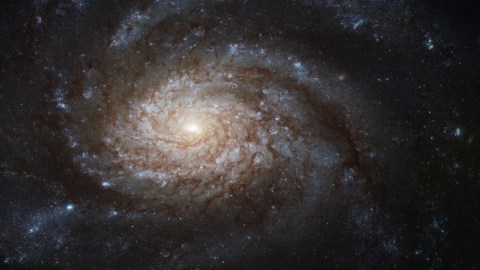
It’s rare to find a galaxy where the arms wrap around even a full 360 degrees. But after billions of years, why is that?
“The farther we peer into space, the more we realize that the nature of the universe cannot be understood fully by inspecting spiral galaxies or watching distant supernovas. It lies deeper.” –Robert Lanza
Think about the grandest objects you’ve ever seen pictures of in the night sky. Sure, there are a whole slew of targets to choose from, including dying stars, supernova remnants, star-forming nebulae and clusters of stars both new and old, but nothing compares to the beauty of a spiral galaxy. Containing between billions and trillions of stars, these “island universes” display a unique structure all their own. A structure, mind you, that’s puzzling if you think about it, as our questioner Greg Rogers did:
One thing that has always bothered me about spiral galaxies is that you only see the arms wrapping around about half-way or so. Since the outside is spinning around the core more slowly, I would expect that we should see some galaxies with arms wrapping many times around the core. Is the universe simply not old enough for these more tightly wound spiral galaxies to have formed?
You can look at any number of spiral galaxies, but they all have the same apparent structure in common.
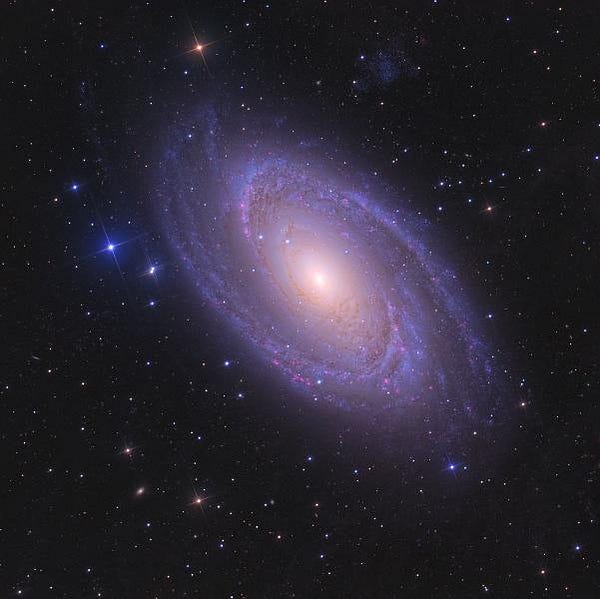
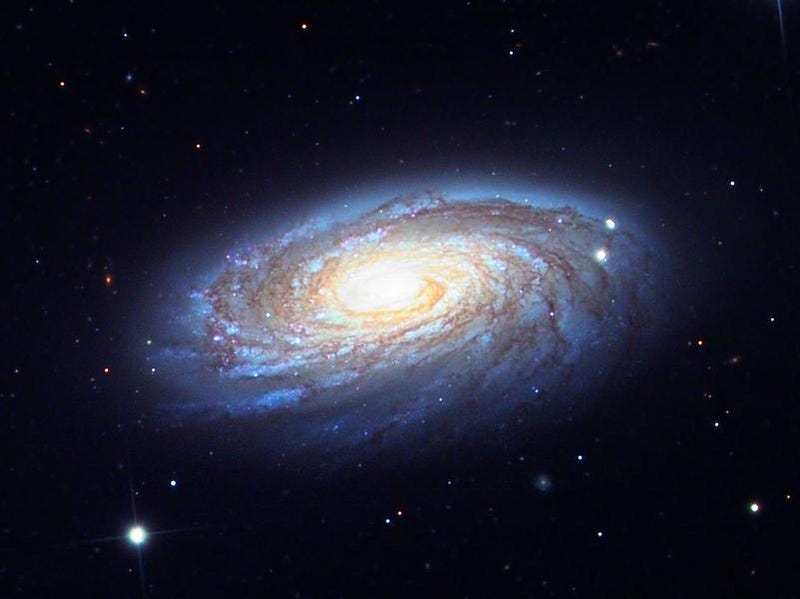

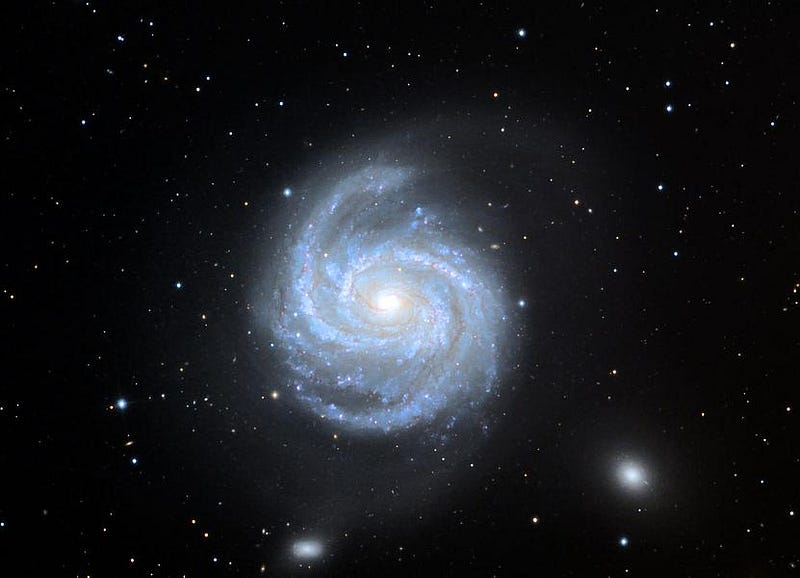
Radiating out from the central nucleus come any number of spiral arms — usually between two and four — that wrap around the galaxy as they spiral outward. One of the fantastic discoveries we made in the 1970s, quite contrary to our expectations, is that the stars don’t move slower in their orbital speed around the galaxy as you move outward, the way planets orbit our central star more slowly the farther out you go. Instead, the speed remains constant, which is another way of saying that the galactic rotation curves have flat profiles.
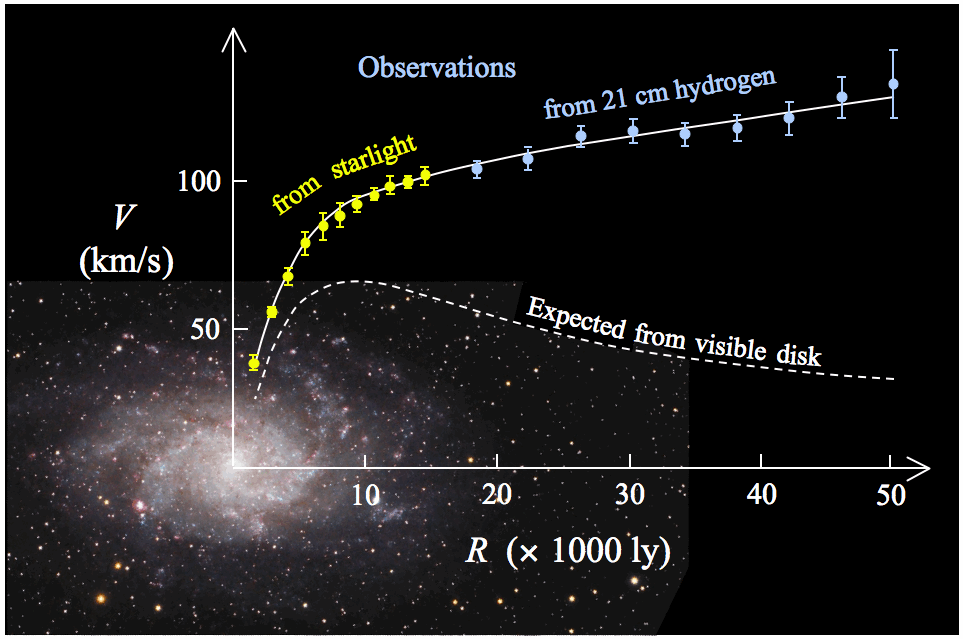
The way we measured this is by looking at edge-on spirals, and seeing how much redshift or blueshift the individual stars displayed relative to their distance from the galactic center. But even though the velocities of the individual stars are roughly constant, a star that’s twice as far from the center as another takes twice as long to go around, while one ten times as distant takes ten times as long to orbit.
Given that this is the case, we can do a little math: for a galaxy like our Milky Way, based on how fast the Sun and the other stars appear to move, it takes the Sun about 220 million years to make a single orbit around the galaxy. At our distance of roughly 26,000 light years from the galactic center, we’re a little less than halfway to the outskirts. This means that for a ~12 billion year old galaxy like our own: the outer stars should have completed only around 25 orbits; stars where our Sun are should have completed approximately 54 orbits; stars in the inner 10,000 light years should have completed more than 100 orbits. In other words, we’d expect galaxies to “wind up” over time, as the video below shows.
https://www.youtube.com/watch?v=8gCCUz2UpQA
But as our images of galaxies show, they don’t wrap around dozens of times; the arms in most cases don’t even wrap around one time! When we first realized this property of galaxies, it meant one thing was for certain: these spiral arms aren’t material, they’re simply a visual effect. This remains true whether galaxies are in isolation or not. But there’s another hint these galaxies offer, if we look closely.
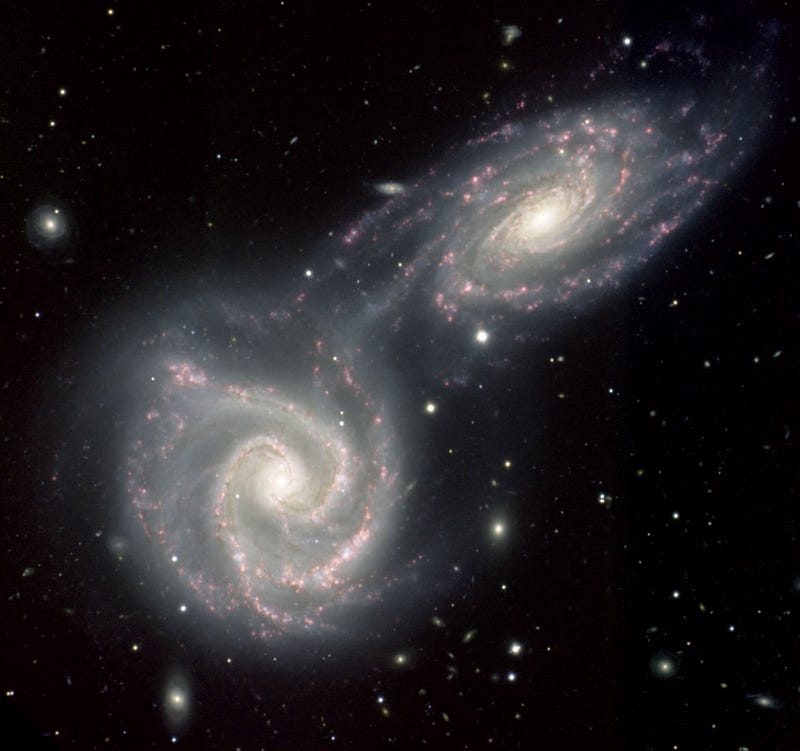
Do you notice how there are “pink” spots dotted all along the spiral arms here? These appear whenever we have active regions of new star formation; the pink signature is actually an excess of emitted light at a very precise wavelength: 656.3 nanometers. This emission occurs when hot, new stars burn brightly enough to ionize gaseous material, and then when the electrons recombine with the protons, the newly formed hydrogen atoms emit light at very particular frequencies, including the one that turns these regions pink.
What this indicates to us is that these spiral arms are actually made out of regions where the density of material is higher than the other locations in the galaxy, and that stars are free to move in-and-out of these arms as time goes on.
https://www.youtube.com/watch?v=QReqRYCP-CY
The idea that explains this has been around since 1964, and is known as density wave theory. The theory holds that the arms themselves appear to stay in the same exact spots as time goes on, the same way that traffic jams stay in the same spots. Even though the individual objects (stars in the arms; cars in a traffic jam) are free to move through, the same rough number remain in the “jam” at any given time. This results in the dense pattern maintaining itself over time.
The physics behind it is even simpler: stars at different radii all exert the gravitational forces we’re accustomed to, and those forces are what maintain the spiral shape. In other words, if you start with a region where the gas is overdense and you allow your “disk” to rotate, you’ll get an initial series of regions where stars first form: the proto-arms. As the galaxy evolves over time, these arms — and the overdense regions — are maintained by the effects of gravity alone.
What’s remarkable is that this effect works equally well whether there’s dark matter in a giant halo surrounding your galaxy (below, right) or none at all (below, left).
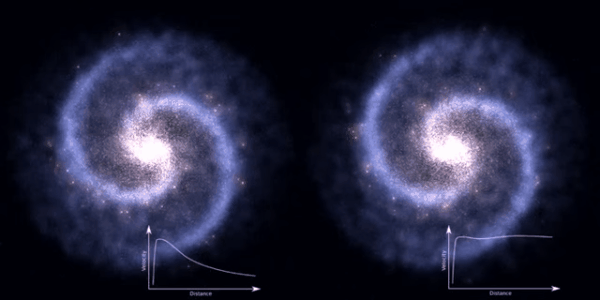
Even though the premise of your question, Greg, was flawed, since the outer stars in a galaxy move just as fast (speed-wise) as the inner stars, it’s true that the arms will never wind up, no matter how old a galaxy gets, simply due to the physics of galaxies themselves. Much like a traffic jam, the stars, gas and dust that find themselves in the spiral arms at any given time will be in a much busier neighborhood, and once they move out again, they’ll find a great distance from themselves to any other star, just like our Sun experiences today.
So Greg, contact me with your address, because you just won a Year In Space 2016 Calendar! For your chance to win, submit your questions and suggestions for the next Ask Ethan here; selections for the rest of the year are all winners!
Leave your comments on our forum, help Starts With A Bang! deliver more rewards on Patreon, and pre-order our first book, Beyond The Galaxy, today!





